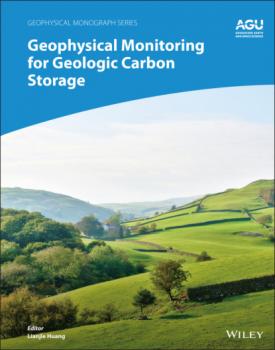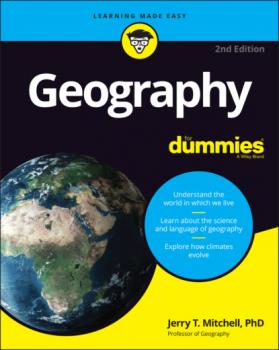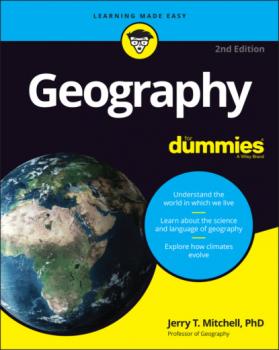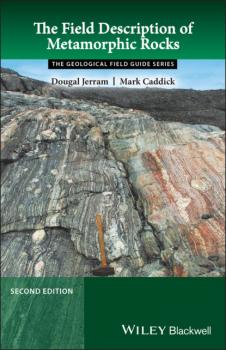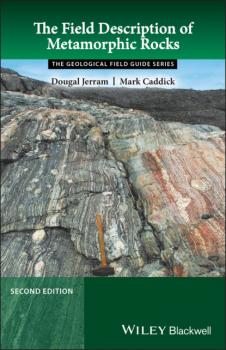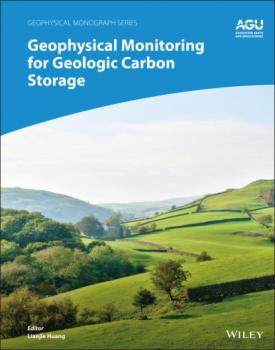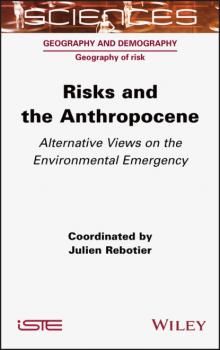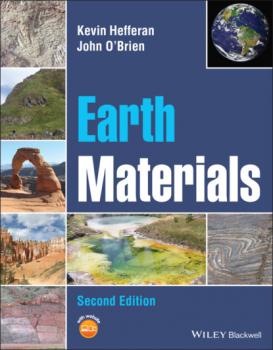География
Различные книги в жанре ГеографияМинералогический музей
Учебное наглядное пособие иллюстрирует часть выставочной экспозиции старейшего за Уралом и одновременно крупнейшего вузовского минералогического музея в азиатской части России. Созданный 125 лет назад объединенными усилиями частных пожертвователей и первых профессоров Томского университета музей хранит в своих фондах более 50 тысяч образцов, представляющих почти 700 отдельных видов прекрасного царства минералов. Они собраны в разных уголках Земли, но большинство, естественно, на территории Сибири, где работали многие поколения выпускников Томского государственного университета. Для студентов геологических специальностей вузов, а также широкого круга поклонников камня – от увлеченных любителей до будущих и уже состоявшихся профессионалов, работающих в области минералогии.
Выпускная работа бакалавра
Учебно-методическое пособие составлено на основе требований Федерального государственного образовательного стандарта высшего образования по направлению подготовки 05.03.01 Геология (квалификация «бакалавр»), утвержденного приказом Минобрнауки России от 07 августа 2014 г. № 954 и других нормативных документов, касающихся итоговой аттестации выпускников вузов. Основная задача пособия – помочь студентам в написании выпускной работы бакалавра. Оно освещает основные возможные темы выпускных работ, требования к фактическому материалу, структуре, содержанию и оформлению работы, а также описывает процедуру подготовки к защите и саму защиту выпускной работы бакалавра. Настоящее учебно-методическое пособие предназначено для студентов, руководителей и консультантов выпускной квалификационной работы бакалавра геолого-географического факультета Томского государственного университета, обучающихся по направлению «Геология».
Geophysical Monitoring for Geologic Carbon Storage
Geophysical Monitoring for Geologic Carbon Storage Geophysical Monitoring for Geologic Carbon Storage Storing carbon dioxide in underground geological formations is emerging as a promising technology to reduce carbon dioxide emissions in the atmosphere. A range of geophysical techniques can be deployed to remotely track carbon dioxide plumes and monitor changes in the subsurface, which is critical for ensuring for safe, long-term storage. Geophysical Monitoring for Geologic Carbon Storage provides a comprehensive review of different geophysical techniques currently in use and being developed, assessing their advantages and limitations. Volume highlights include: Geodetic and surface monitoring techniques Subsurface monitoring using seismic techniques Subsurface monitoring using non-seismic techniques Case studies of geophysical monitoring at different geologic carbon storage sites The American Geophysical Union promotes discovery in Earth and space science for the benefit of humanity. Its publications disseminate scientific knowledge and provide resources for researchers, students, and professionals.
Geography For Dummies
The whole world in the palm of your hand Ever wonder how you can have a rainforest on one side of a mountain and a desert on the other? Or zoom around the globe with Google Maps and wonder how everything got to where it is now? The answer is…geography. In Geography For Dummies , you’ll discover that geography is more than just cool trivia—it explains tons about the world around us. From understanding the basics—like how to read maps and geographic coordinates—to learning about how the continents got to their current positions, you’ll learn fascinating things about the planet’s people, cities, resources, and more. In this book, you’ll discover: How geographers make and use maps to understand and tell useful stories about the earth How weather and climate shape the planet, impact the water supply, and change landscapes How humans use (and overuse) the planet we live on to our advantage Geography For Dummies is an incredible exploration of our planet and the people who live on it. This book takes a huge subject and makes it accessible for the rest of us!
The Field Description of Metamorphic Rocks
The Field Description of Metamorphic Rocks [b]The Field Description of Metamorphic Rocks, Second Edition This pocket-sized field guide describes how metamorphic rocks and rock masses may be observed, recorded and mapped in the field. Written at a level suitable for Earth Science undergraduate students, this book is an essential tool for any geologist – student, professional or amateur – faced with the task of making a general description of an area of metamorphic rocks. A clear, systematic framework, together with numerous colour diagrams, illustrations and checklists, enables readers with different backgrounds to produce useful descriptions, despite possible differences of background or specialist interest. Additional information is also provided to aid those who are undertaking field mapping courses or must compile field evidence into reports on the metamorphic evolution of a region. This book: Shows the reader how to observe metamorphic rocks in the field, from the outcrop to the hand specimen scale Is fully revised and updated to incorporate new developments in the field Offers a user-friendly and accessible writing style including a revised format with tabbed sections for easy navigation Covers key topics including classification and mapping of metamorphic rocks, understanding key textures and fabrics, and details on contacts and fault zones
Earth Materials
Earth Materials Earth materials encompass the minerals, rocks, soil and water that constitute our planet and the physical, chemical and biological processes that produce them. Since the expansion of computer technology in the last two decades of the twentieth century, many universities have compressed or eliminated individual course offerings such as mineralogy, optical mineralogy, igneous petrology, sedimentology and metamorphic petrology and replaced them with Earth materials courses. Earth materials courses have become an essential curricular component in the fields of geology, geoscience, Earth science, and many related areas of study. This textbook is designed to address the needs of a one- or two-semester Earth materials course, as well as individuals who want or need an expanded background in minerals, rocks, soils and water resources. Earth Materials, Second Edition, provides: Comprehensive descriptive analysis of Earth materials Color graphics and insightful text in a logical integrated format Field examples and regional relationships with graphics that illustrate concepts discussed Examples of how concepts discussed can be used to address real world issues Contemporary references from current scientific journals related to developments in Earth materials research Summative discussions of how Earth materials are interrelated with other science and non-science fields of study Additional resources, including detailed descriptions of major rock-forming minerals and keys for identifying minerals using macroscopic and/or optical methods, are available online at www.wiley.com/go/hefferan/earthmaterials Earth Materials, Second Edition, is an innovative, visually appealing, informative and readable textbook that addresses the full spectrum of Earth materials.


